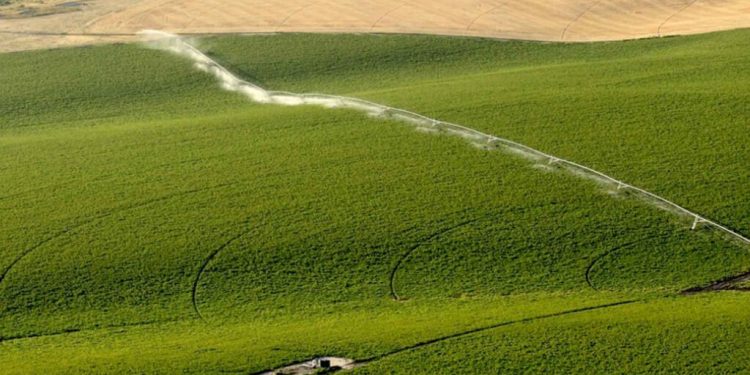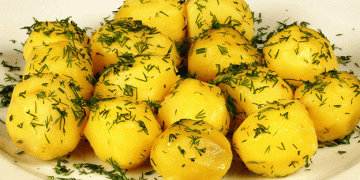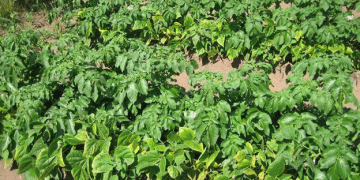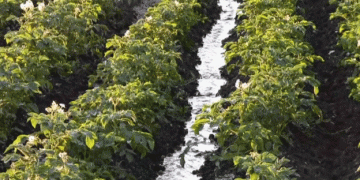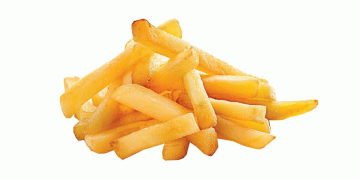Action items to improve your irrigation system. Is your irrigation system operating as efficiently as you’d like?
The energy you use to run irrigation pumps is usually a large contributor to total energy use on farms. Ensuring your irrigation system is operating as efficiently as possible can reduce overall energy costs and result in water savings and better uniformity of water across the field.
Idaho Power has agricultural representatives (ag reps) who work with irrigators across southern Idaho and eastern Oregon, giving us a unique perspective into various systems and how to get the most out of them. Whether you are installing a new system or considering some upgrades to your existing one, our experience gives us broad insight into how anyone can save energy and money

you a lot about the health of your
irrigation system.

money and energy
Where To Start?
The best thing you can do to start looking at efficiency improvements is to conduct a quick “health checkup” on your system. This will give you the information you need to see what changes will be most beneficial.
- Look at the energy use (demand) of your system. The demand reading on your electric bill should be about 80 percent of your connected horsepower. If other loads, such as pivots or a VFD, are connected to the meter, the demand still should be 80 percent for the entire connected horsepower load. If energy use is higher than anticipated, keep the following in mind: – A gradual increase in use with no system changes would indicate one or more of these: worn-out nozzles, leaks, worn-out motor bearings or pump wear. – A sudden increase in demand could indicate large leaks or a significant problem with your pump, such as a drop in water level (well) among others.
- Get a good pressure gauge to determine your discharge pressure. Has it changed since you last measured? A high-quality oil- or glycerin-filled pressure gauge on the discharge side of a pump can tell you a lot about the health of your irrigation system. – If the operational pressure is at or close to the original design pressure, your pump is likely in good working condition. – A sudden pressure change can indicate a clogged suction screen, mainline blowout, or change in well water level (if applicable). – A gradual decrease in pressure over time can indicate pump wear, worn nozzles, or the addition of nozzles to the system, increasing flow output. – Install a ball valve on the riser to extend pressure gauge life and to allow for removal during the winter.
- Look for variation in your crops, such as different heights or colors or “rings” in a circle or a field under a pivot. All these variations can point you to potential issues, such as plugged pivot nozzles, bad sprinkler heads, a nozzle package that was installed wrong, or unevenly worn-out nozzles and regulators.
- Check for leaks and old nozzles. This is an obvious place to start with repairs or upgrades.
5 Items To Consider For Increasing Irrigation Efficiency And Reducing Energy Consumption
1. Know your soil.
- What class (texture) is my soil (based on proportion of sand, silt, and clay particles)?
- What is my soil infiltration rate and/or water holding capacity? When was a soil test taken?
- Do I use the shovel method to determine soil moisture, or do I have moisture probes?
2. Know your crops.
- What is my crop rotation and which crop requires the most water?
- What is my crop’s rooting depth, and will it be restricted by hardpan?
- What is my crop’s evapotranspiration rate (also known as consumptive use) and water application requirements?
3. Know your irrigation system
- Do I have a high-pressure irrigation system (hand lines, wheel lines), low pressure (center pivots), or a combination of both?
- Do I have more pressure than needed on all or part of my system?
- What is needed pressure for the system?
- Do my pivots have end guns with booster pumps?
- Based on my crop’s water requirements and soil characteristics, what should my application rate be?
- What are my total system flow and pressure requirements (elevation and system losses accounted for)?What is my pump designed to do (operating pressure and flow) and at that setpoint, what is its pumping efficiency? Is it sized correctly for my current system? Am I in the sweet spot for the pump or is there room or increased efficiency by operating differently? And do I know my pump curve?
- Is my mainline or other piping undersized, causing excessive friction loss resulting in increased pressure requirements at the pump?
- Would multi-pumps provide more efficient energy use?
- Is my system a good candidate for a variable frequency drive (VFD)?
4. Know how much it costs to run your system and make changes if needed.
- One hair width of nozzle wear equals an increase in water flow of up to 20 percent.
- An increase or decrease in flow/pressure effects pump efficiency. – A 5 percent increase in pump efficiency on a pivot operating at 900 gpm at 130 ft. of head (56 psi) will decrease power costs about $250/year
5. Look into Idaho Power programs to help improve irrigation efficiency.

you to the best efficiency point? Would a different trim or a new pump
increase system efficiency and reduce power usage? How long would
the payback be on such an investment?
Idaho Power’s Irrigation Efficiency Rewards Program
If you have an irrigation system in need of repair or upgrade, Idaho Power irrigation systems based on an estimated annual reduction in energy use. For existing systems, the incentive is based on energy savings estimated by Idaho Power of your proposed modifications. For a new system, the incentive is based on installation of a system Idaho Power determines to be more energy efficient than standard. The incentive you receive is determined by the following criteria based on annual kilowatt-hour (kWh) or kilowatt (kW) savings:
- Existing System — $0.25 per annual kWh saved or $450 per kW (not to exceed 75 percent of project cost).
- New System — $0.25 per annual kWh saved (not to exceed 10 percent of project cost).
For example, if Idaho Power estimates your new, more efficient pump will save 15,000 kWh of electricity in a typical irrigation season, you would receive an incentive for $3,750 (15,000 kWh x $0.25 = $3,750), assuming this amount does not exceed 75 percent of the project cost on an existing system or 10 percent of the cost on a new system.
Three factors influence the energy requirements of your pump system and your ability to reduce use:
- System pressure — the lower the pressure, the lower the energy use.
- Elevation — the more elevation, the higher the pressure required.
- Pump/motor/system efficiency — the higher the efficiency, the lower the energy cost.
Examples of upgrades that may qualify for the custom incentive include reducing operating pressures, creating pressure zones, using high-efficiency pumps and motors, upgrading pipelines, installing VFDs, and reducing horsepower (hp) requirements.
Menu Option
The menu incentive option pays you an incentive for purchasing specific replacement parts and components for your existing irrigation system. The incentive varies by the sprinkler component or part incorporated into your sprinkler system. You simply buy the new or refurbished components and submit an application, with invoices, within one year of the purchase date. Eligible components and their associated incentives (per item) are as follows:
- New flow-control nozzles $2.50
- New nozzles for impact, rotating or fixed head sprinklers $0.35
- New or rebuilt impact or rotating sprinkler heads $0.50
- New or rebuilt wheel line levelers $1
- New complete pivot sprinkler package (includes head, nozzle, and regulator) $8
- New drains for wheel lines and pivots $3
- New gaskets for wheel lines, hand lines, and portable main line $1

your irrigation system at the highest efficiency level
possible.
Not Sure What’s Right For You?
Idaho Power has ag reps who specialize in helping irrigation customers meet their energy goals. We love helping customers find opportunities for efficiency improvements and are experienced in irrigation system and pump design and system audits, which are conducted free of charge for Idaho Power customers’ service points. We can also conduct a wire to water test, which measures the ratio of water hp (power out) to electric hp (power in). With all this information, we can provide recommendations on how you can improve pumping plant efficiency, water application, and potentially reduce your electrical costs while making better use of your water.
